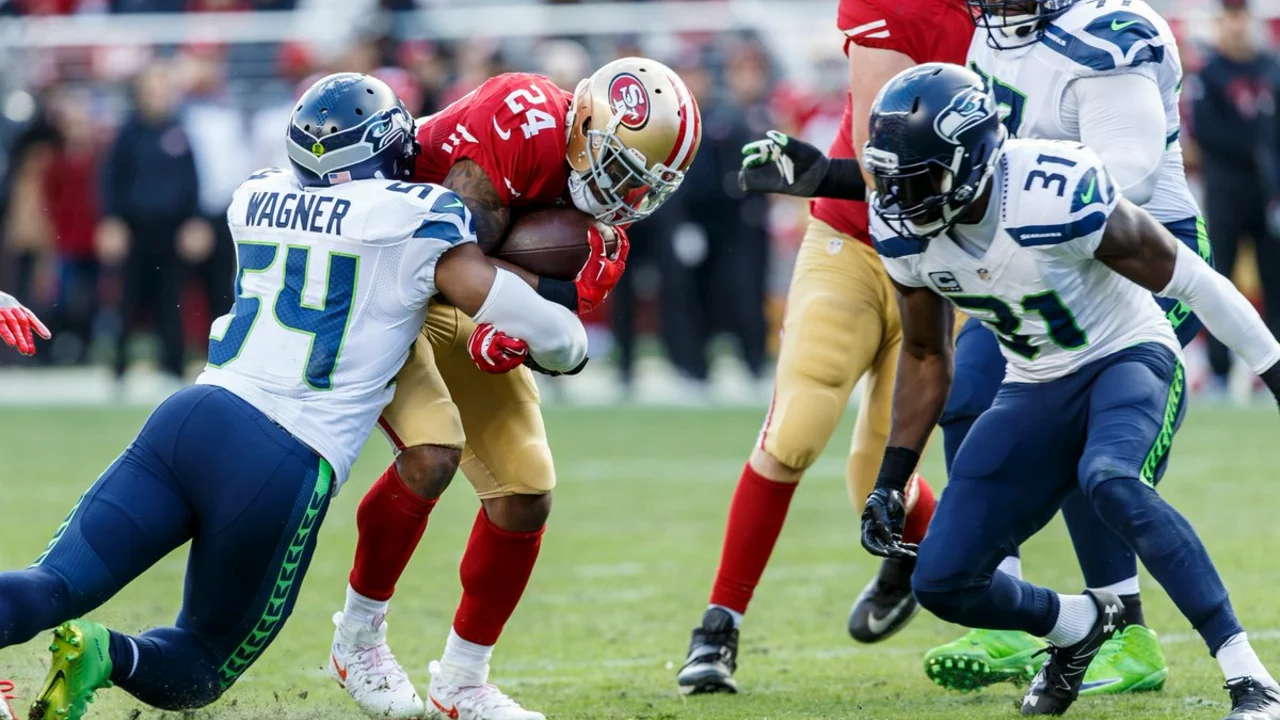
Understanding the Similarities and Differences
As a sports enthusiast, it is important to understand that although American football and rugby share some similarities, they are fundamentally distinct games. Both sports involve physical strength and strategic gameplay, but the rules, equipment, and style of play are markedly different. American football is a sport characterized by its intense physical contact, strategic plays, and protective equipment. Rugby, on the other hand, is a game that values continuous play, with less protective gear and a ball that is always in motion. It's these fundamental differences that make the transition from NFL to rugby a fascinating topic.
The Physical Demand of Rugby
Without a doubt, NFL players are some of the finest athletes in the world. They possess incredible strength, speed, and agility. However, rugby places a heavier emphasis on cardiovascular endurance. Rugby matches are 80 minutes long with no breaks, unlike American football games which are broken down into four 15-minute quarters with frequent pauses for strategic plays. Therefore, NFL players transitioning to rugby would need to significantly increase their cardiovascular training to meet the physical demands of the sport.
Skills Transferability
While the physical conditioning required for each sport is different, there are some skills that would transfer well from the gridiron to the rugby pitch. For instance, the ability to read plays, anticipate opponents' moves, and make split-second decisions are valuable in both sports. Additionally, the tackling techniques used in American football can be adapted to rugby, although rugby tackles are generally lower and require wrapping the arms around the opponent. Therefore, with the right training and mindset, it's feasible that many NFL players could successfully make the transition to rugby.
Adapting to the Rules and Style of Play
One of the biggest challenges NFL players might face when transitioning to rugby is adapting to the rules and style of play. Rugby is a continuous game, with fewer stops and more fluidity than American football. This requires not only physical endurance but also a high level of situational awareness. Moreover, the absence of forward passes and the requirement to release the ball after being tackled are significant differences that NFL players would need to get used to.
Learning to Play without Protective Gear
Another notable difference between the two sports is the use of protective gear. In American football, players wear helmets and padding to protect against the heavy hits. Rugby, however, is played with minimal protective equipment, which is something NFL players would have to adapt to. This not only changes the way players tackle and are tackled, but also adds an element of fearlessness to the game.
Case Studies of Successful Transitions
Over the years, there have been several examples of NFL players who have successfully made the switch to rugby. These case studies provide valuable insights into the potential for other NFL players to do the same. For instance, former NFL player Jarryd Hayne made headlines when he left American football to play rugby in Australia. His transition was challenging, but he ultimately became a successful rugby player, demonstrating that with the right attitude and training, it's possible for NFL players to excel in rugby.
Conclusion: The Potential for Success
In conclusion, while there are significant differences between American football and rugby, the skills and physical abilities of NFL players could potentially translate well to the rugby pitch. The transition would certainly require a lot of hard work, adaptation, and training, but the potential for success is definitely present. It's an intriguing prospect and one that could lead to an interesting fusion of skills and styles in the world of rugby.
Comments